Blueberries, as delicious as they are, always seem to disappoint me when I see them in sauce form. You know the sauce I'm talking about, the thick, gloppy, sauce so sweet it will make your teeth fall out of your head stuff that comes from a can. Sure, people like it, but they like the sugar, not the taste of blueberries. Real wild blueberries though?
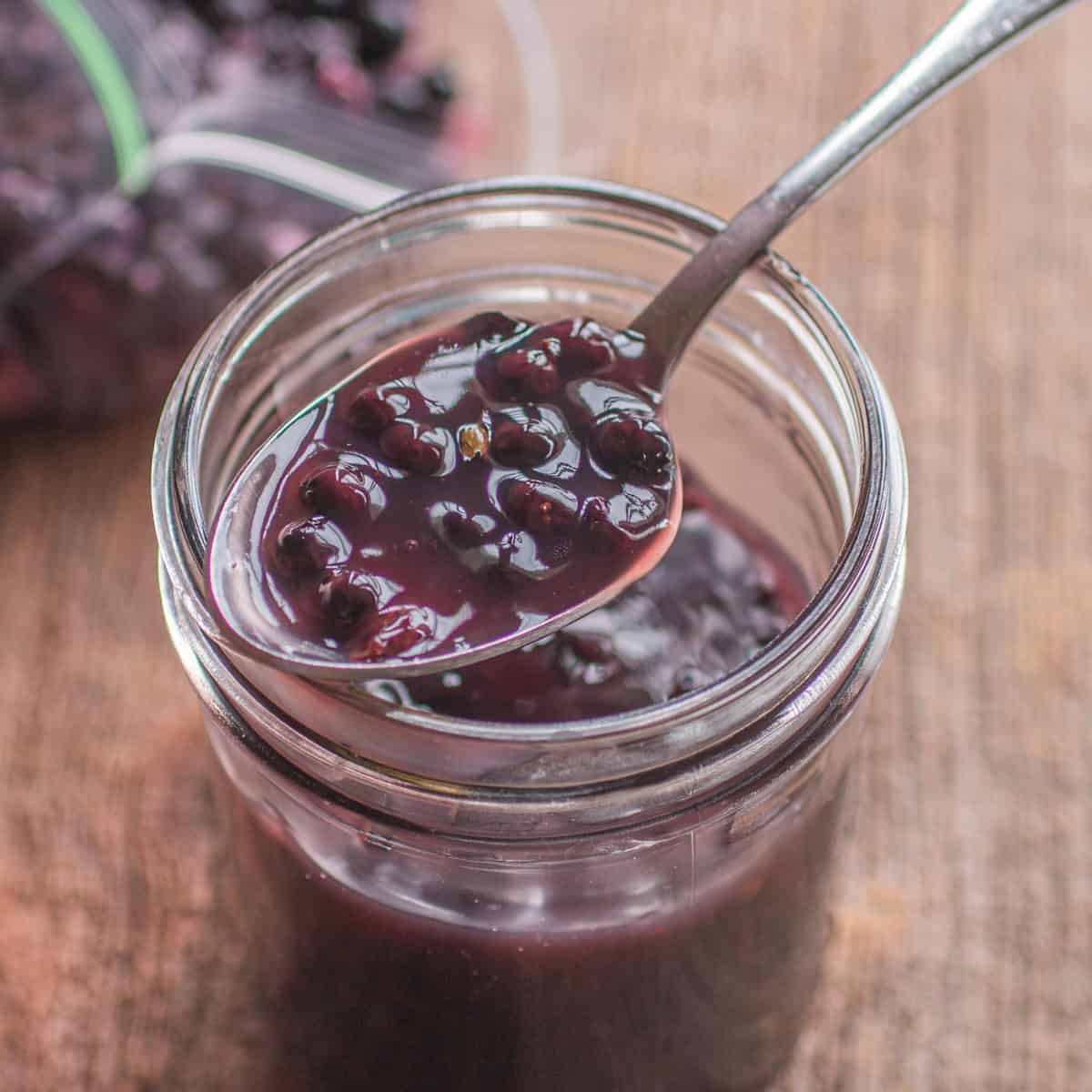
They taste like concentrated sunshine. When I eat them, even cold out of the freezer in the middle of winter, I'm transported to a place in time, a sunny day in the pine barrens, and to the heat beating down on my blue-stained hands as I drop on my knees, bucket on my waist filled with berries, shoveling handfuls in my mouth as a reward for filling another blickey-full.
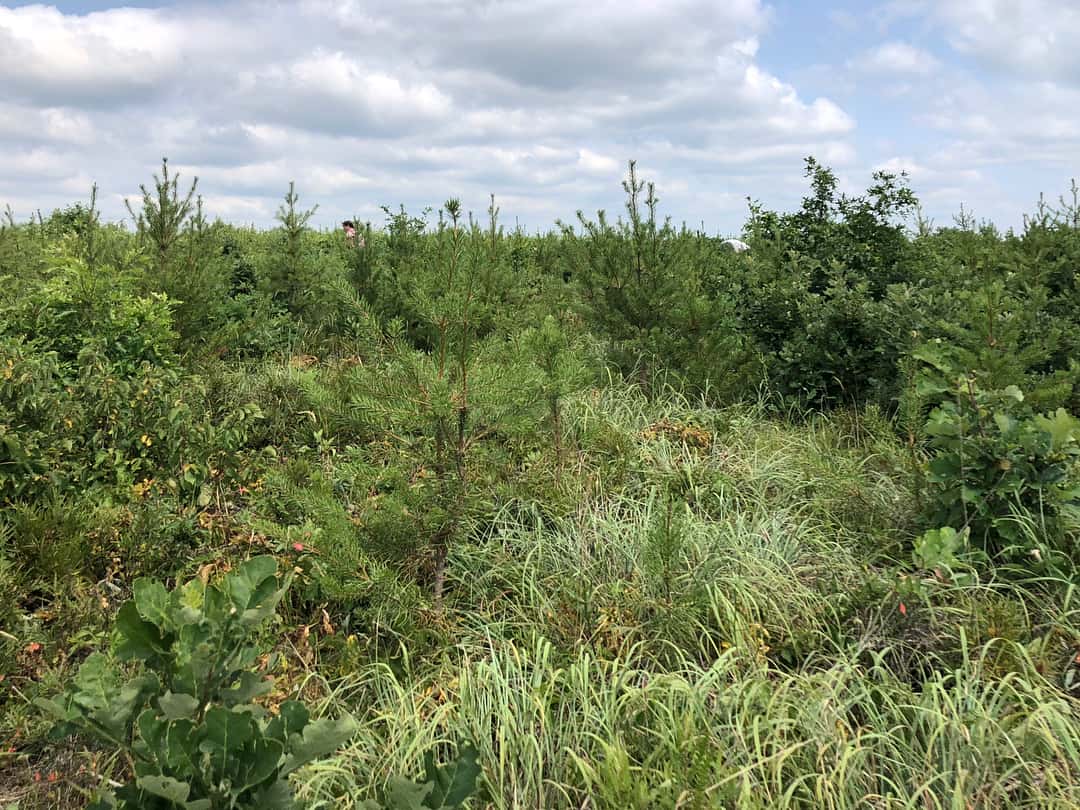
After you get a bunch of berries, and not just a couple, (I'm talking coolers-full, where you're counting berries by the gallon) you'll be privy to one of the great joys of harvesting your own food: the paradigm of choice you get from eating the gluts of nature, or in other words, figuring out what to do with a pile of delicious wild blueberries.
You'll make some blueberry pancakes, waffles, mix them into yogurt and everything else. But, the time will come when you might when you want to make them into a sauce, or do something different, and when that time comes, you can return to this recipe, especially if you remember to gather some sweet fern at the same time you pick the berries.
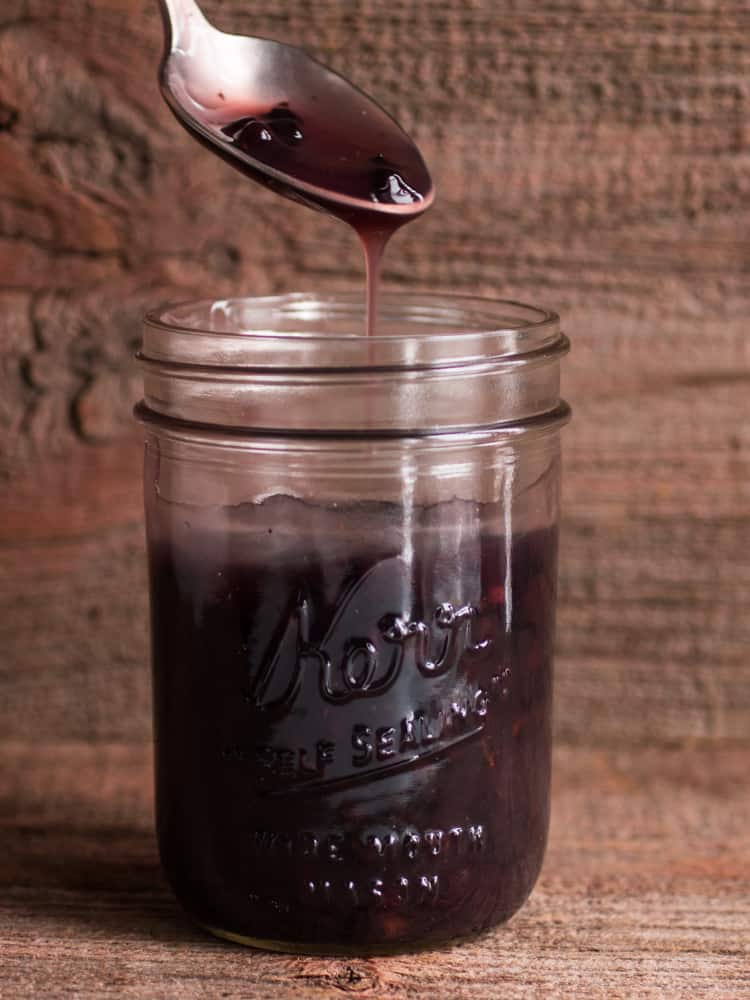
The pine barrens are what made me want to make this sauce, and the sweet fern is really the novel idea here. From the moment I smelled sweetfern (Comptonia peregrina) I was in love, but I had to figure out how to capture it's flavor. The leaves make nice tea, sure, but you can make tea out of an old boot if you want. The leaves don't hold their flavor very well dried, either--it's much better fresh. The nutlets of sweetfern on the other hand, are a different story entirely.
Sweetfern nutlets dry well and hold their piney, resinous scent for months on end, especially if you treat them properly (I keep them in a vacuum bag in the freezer. The only problem is that if you're in a good wild blueberry patch, you will hopefully not see too many sweet fern nutlets.
They tend to grow en-masse on more mature plants, which would mean they're growing next to more mature wild blueberries, which means the blueberries are already established, and won't be producing as many berries as they would the first year or two after the area was burned. Thankfully, you only need a few sweetfern nutlets, as the flavor is concentrated, and much stronger than the leaves.
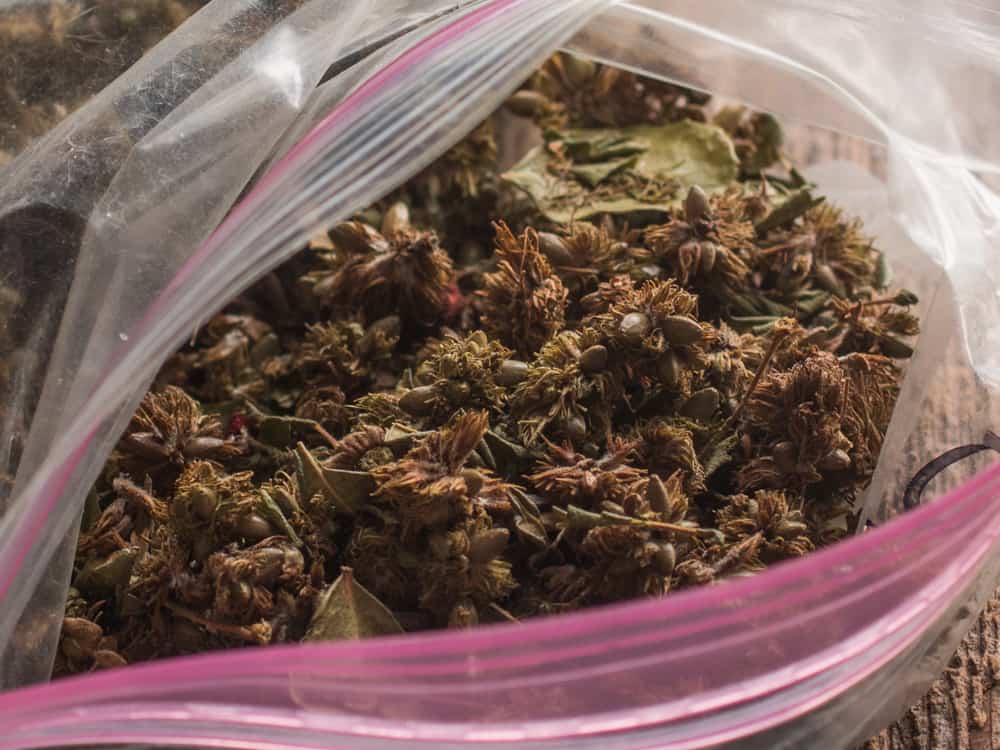
In the end you get a fun wild blueberry sauce that will be good on cheesecake, yogurt, or just about any dessert you can think of, but moreso you have something that evokes a time and place, a specific eco-region, and a specific moment in a season--the kind of food that tastes like memories. I like food like that.
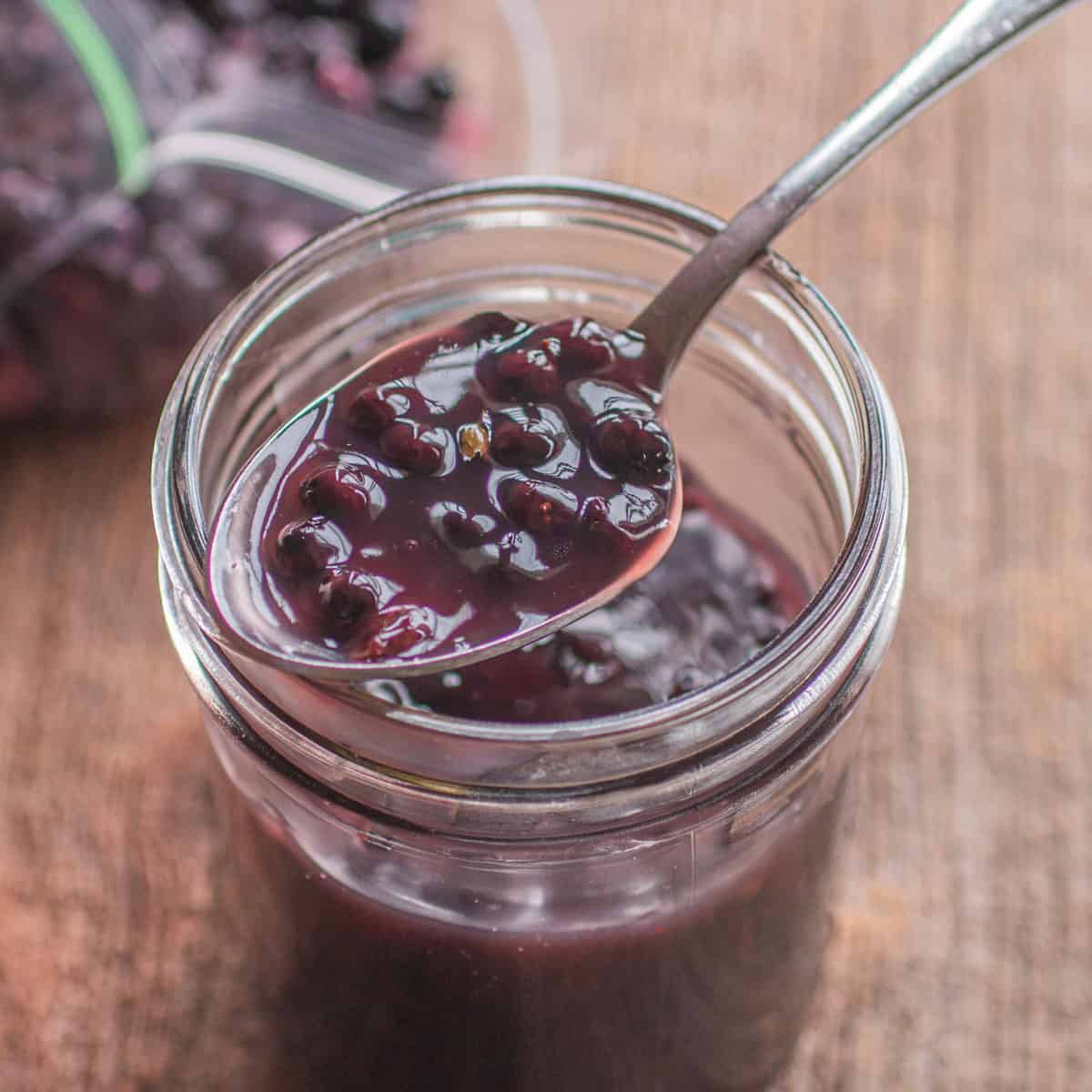
Wild Blueberry Sauce with Sweetfern
Equipment
- 1 2 quart sauce pot
Ingredients
- 1 cup wild blueberries
- 1 Tablespoon cornstarch Optional. If you want a looser, more natural sauce, skip this.
- 1 cup unsweetened blueberry juice or water
- Pinch of kosher salt
- A few scrapes of fresh orange zest optional
- Fresh lemon zest a few scrapes, to taste (optional)
- ¼ cup maple syrup
- 2 teaspoons dried or fresh sweet fern nutlets bruised or crushed to release their aroma
Instructions
- Wrap the sweet fern tightly in cheesecloth and tie closed.
- Mix the cornstarch with half of the juice or water to form a slurry and reserve.
- Bring the blueberries, remaining juice or water, maple and sweet fern packet to a simmer, then add the cornstarch, cook another minute or two until thickened, then cool and reserve.
- Pulse the mixture with a handblender once or twice to break the wild blueberries up a bit, then stir in the lemon juice, and zests before serving or refrigerating.

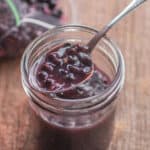
Corla
I’m wondering if this idea work work with juniper berries crushed, in small quantity? Not sure we have these sweetfern nutlets in western boreal forest.